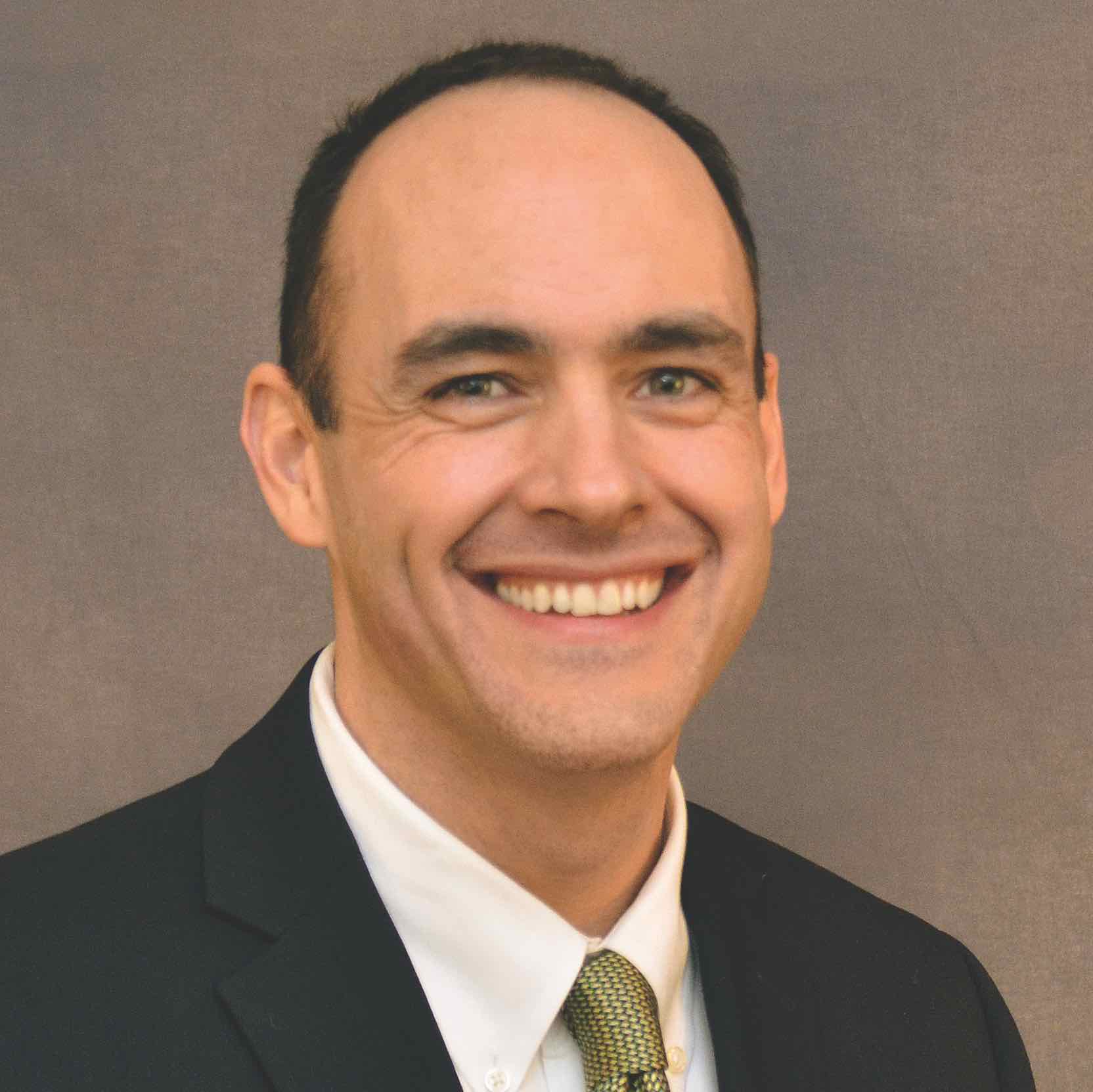4 minutes
The most effective organizations craft and execute talent strategies.
Most business leaders know the importance of their people. Statements like “Our people are our most important asset,” “Culture eats strategy for breakfast,” or “Our people make the difference,” allude to senior management’s understanding that they should invest in their people. However, despite the best intentions many organizations lack the discipline to have an effective people strategy. In SHRM’s recent State of the Workplace Study, only 26% of U.S. workers felt their organizations developed more effective people managers and only 25% of HR leaders rated their employers as effective in finding and recruiting talent.
These results are not surprising. As much as we talk about the importance of people, we spend little time learning how to develop an effective strategy. We knock around concepts like competencies and behaviors, mentoring and coaching, and retention and engagement and say they are priorities in the coming year when we respond to SHRM’s latest survey, but our results are woeful because we are not applying process and discipline to people strategy.
But, like business strategy, effective people strategy takes intention, planning, investment and ongoing monitoring to ensure the plan is being executed upon or adjusted if the organization’s situation changes.
Start your people strategy process with these four tips:
1. Begin with actionable data. Begin your people strategy process by gathering qualitative and quantitative data from your staff. CUES uses and recommends the Situational Outlook Questionnaire (SOQ) climate assessment, which provides insight into how our employees perceive our organization across 10 different dimensions, including Challenge and Involvement, Idea Support, Trust and Openness, and Talent Development. It also allows us to pinpoint probable causes of problem areas and sketch out potential actions to resolve issues. For example, if the SOQ shows that our support of new ideas is too low, we may institute training to help employees learn how to respond to novel thinking or develop an innovation mindset.
2. Don’t try to boil the ocean. Trying to do too much leads to frustration and failed plans. Instead, using the data gathered earlier, craft a plan to address only one or two of the weakest areas. If, for instance, your SOQ or Gallup survey shows low levels of employee engagement, you may put in place a plan to get people more involved in interpreting the mission, vision, and goals of the organization and develop a plan to close the gap between those drivers and the day-to-day reality of your staff. Once you’ve begun making progress on engagement, you may see other issues begin to resolve as well. If not, develop a plan to address the next highest priority.
3. Decompartmentalize. Unfortunately, many organizations believe the people strategy is the sole responsibility of HR. While your CHRO or SVP of HR may be the leader, people strategy is every executive and manager’s business. Make sure the priorities and action plans are communicated across the organization’s leadership and that each person knows his or her role in executing the plans.
4. Set goals and measure progress. As they say, what gets measured gets done. Set goals for each of your top priority people strategy efforts and measure progress toward them. Make sure your goal is concrete, measurable and time bound. Measure progress at specified intervals (e.g. quarterly). If it is evident your plan isn’t having the desired effect, adjust it, just as you would in the execution of your business strategy.
The most effective organizations craft and execute people strategies. The discipline required isn’t much different than that of your business strategy. Begin with data, build a plan that can be executed, break down silos and measure progress. Adjust your plans to address the changing needs of the organization. If you don’t have a people strategy, the time to start is now.
To learn more about components of people strategy, including performance management, succession planning, HR analytics, and adaptive leadership, join CUES at TalentNEXT at the JW Marriott Austin, Austin, Texas, May 15-17, 2022.
Christopher Stevenson, CAE, CIE, is SVP/chief learning officer at CUES.






